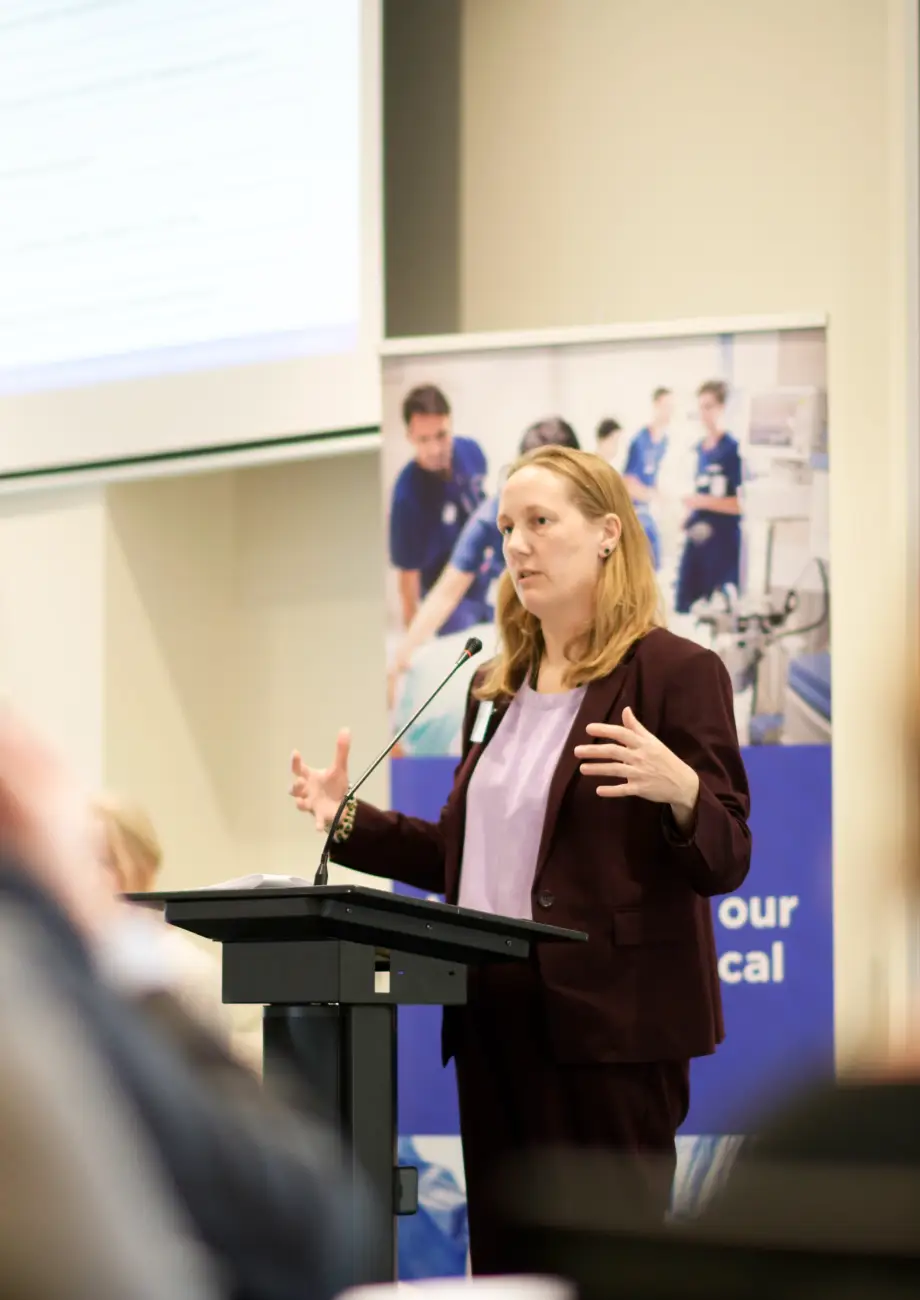Improving how medical devices are managed in New Zealand
Pharmac is continuing to improve the way medical devices are managed for New Zealanders.

People are shaping our work
Our focus this year has been making sure people who interact with devices help shape this work.
“We can’t deliver this programme without input from suppliers who make these devices, health care professionals who purchase and use them, and the patients who need them,” says Pharmac’s Medical Devices Engagement Lead, Megan Nagel.
Almost everyone diagnosed or treated at a public hospital in New Zealand relies on medical devices for their care. These devices range from simple things, such as bandages and cotton swabs, to more complex technology, such as pacemakers, hip replacements, even hospital beds, and robotic surgery machines.
Finding new ways to reach people
Over the course of 2024, Pharmac’s medical devices directorate have been expanding their engagement focus to learn about the challenges and opportunities people who supply and use medical devices are facing. In May, we held our first ‘health care hui,’ with a range of professional health care organisations.
“These health care organisations provide an important link for us to meet with different experts about the medical devices they use. Their feedback is vital to ensure we understand how devices are used and what is important to the experts who use them,” she says.
Pharmac also participated in the Medical Technology Association of NZ (MTANZ) Healthtech conference in late June. “MTANZ’s members supply many of the medical devices used in New Zealand public hospitals and they are vital to supporting a sustainable health care system,” Nagel says.
The medical devices directorate also held their first online supplier webinar, with nearly 200 suppliers attending. This webinar gave Pharmac the chance to hear directly from suppliers and respond to their questions.
The team also attended a range of other conferences during 2024, to connect with experts who are working in laboratories, sterile sciences, infection prevention, and orthopaedics.
“We want to continue to build connections with those people who are using medical devices, so that our work makes a difference in the lives of New Zealanders who rely on these devices to support their care,” says Nagel.


